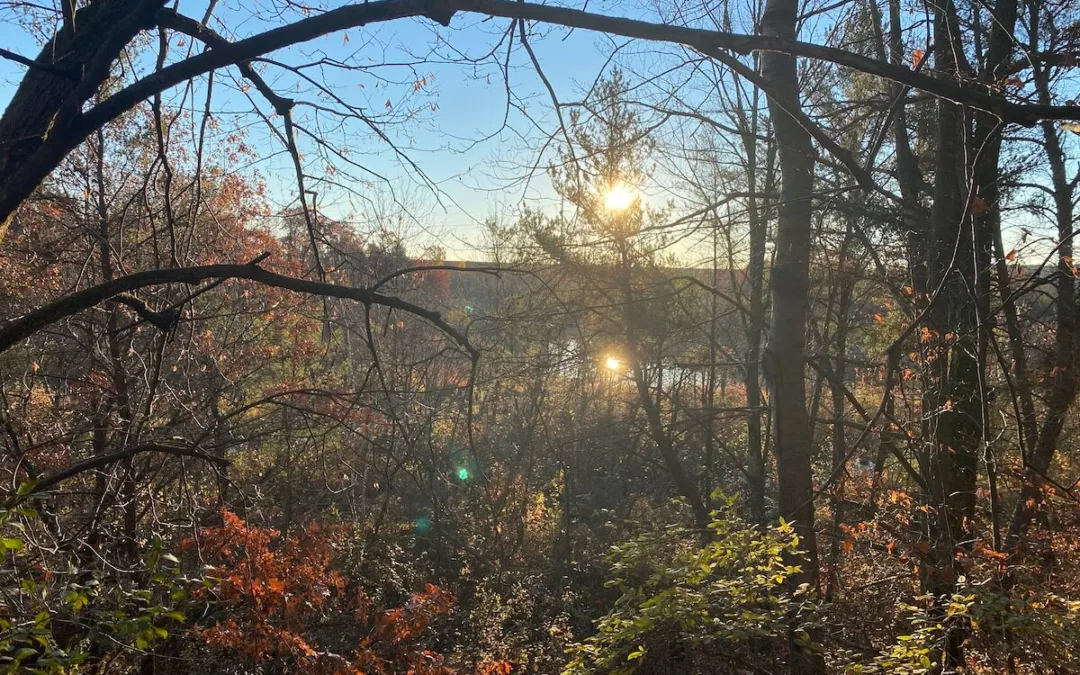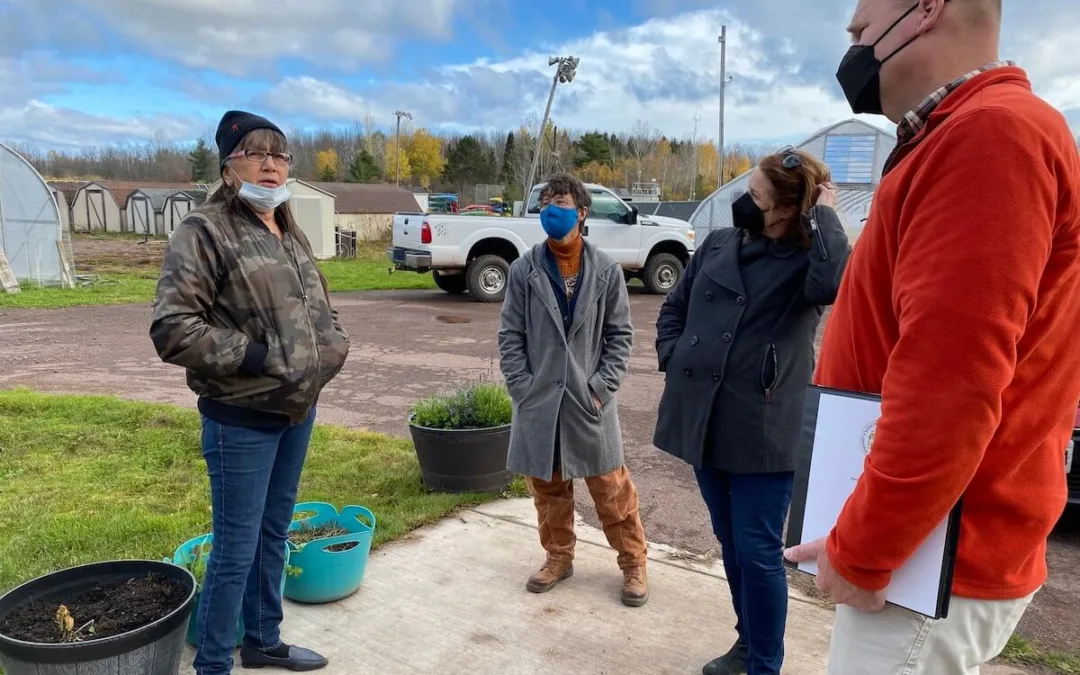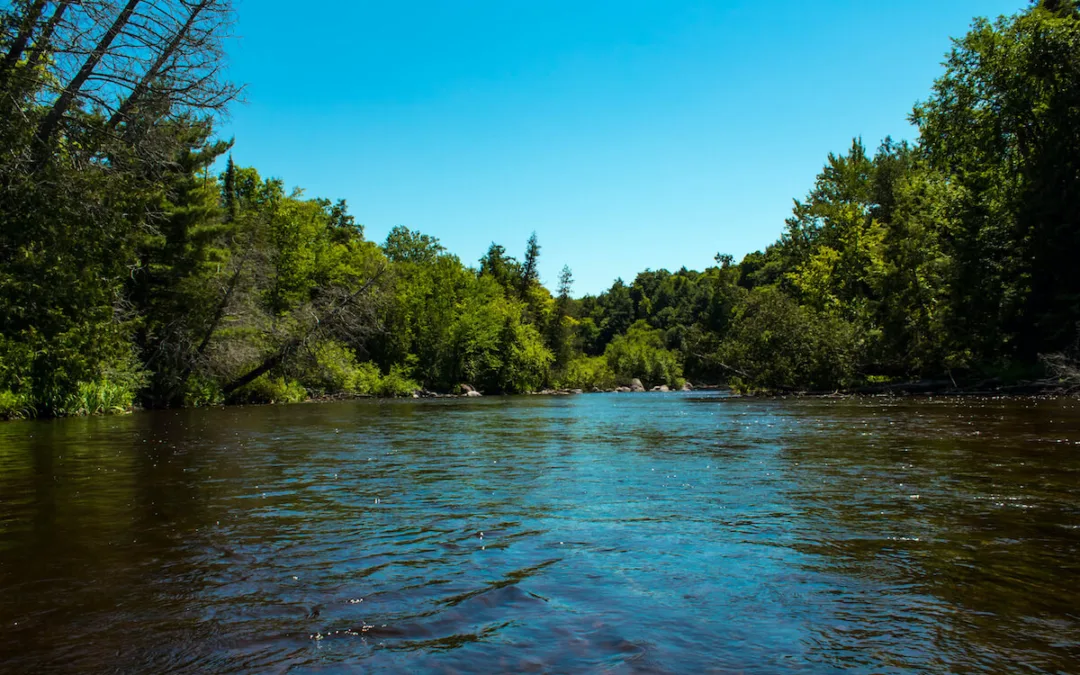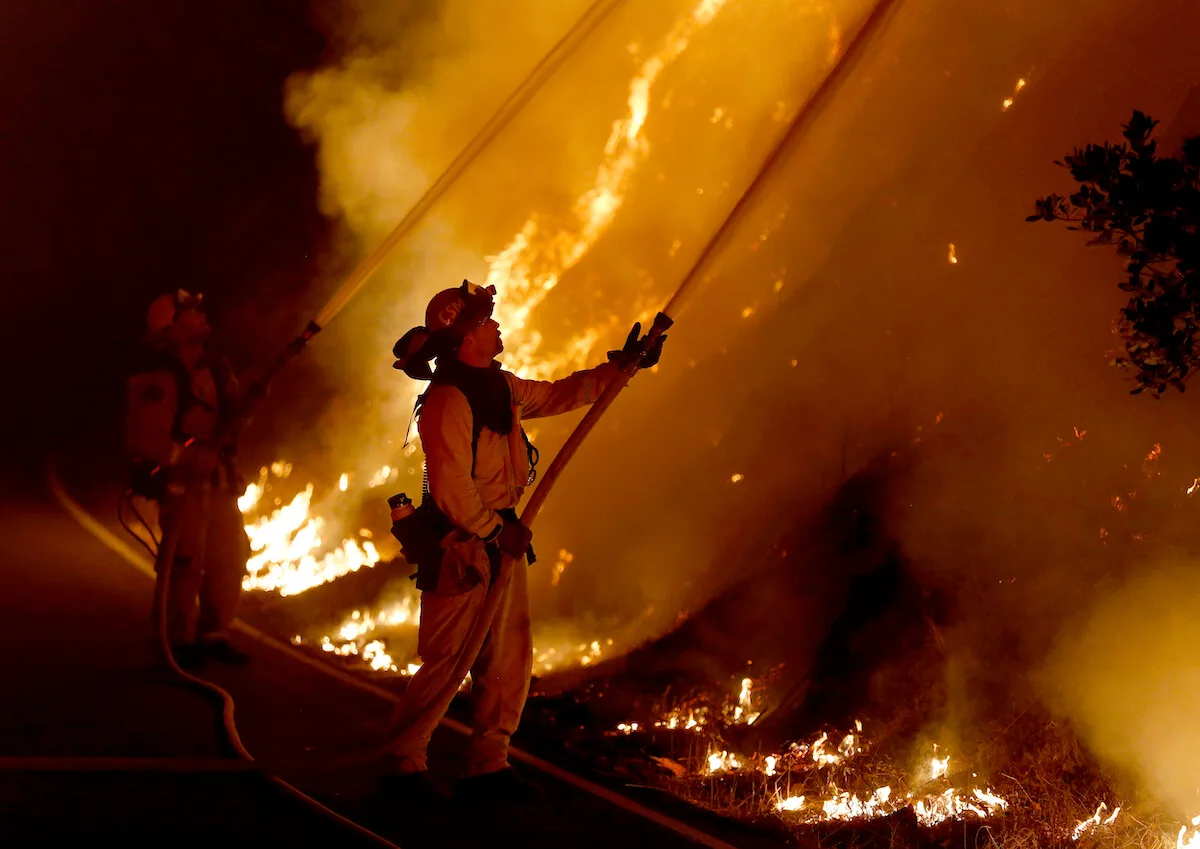
#image_title
#image_title
Local firefighters will still be needed out west where climate change is making the problems worse there, even as it gets wetter and hotter here
Scott Linn has been fighting fires on the West Coast for 20 years. Each time he goes, it seems, the fires get worse.
This year was no exception, as Linn, the assistant fire manager officer for the Chequamegon-Nicolet National Forest, was one of 60 Wisconsin firefighters and as many as 20,000 from around the world who spent two or more weeks helping contain the historic fires that engulfed California, Oregon, and Washington for much of September. Many blazes are still burning, at least 33 people are dead, and millions of acres have been scorched.
Homes are gone. Air quality plunged as residents along the coast were forced to close their windows and stay indoors as much as possible. The skies were literally red from the flames and the air was thick with smoke, obscuring typically pristine views.
“It was very busy, and it was kind of surreal just knowing and watching this unfold,” said Linn, who spent three weeks fighting fires beginning in Sacramento, California, on Sept. 3 and ending on Sept. 24.
“It overwhelmed the amount of resources we have,” Linn added. “The fires were able to make runs and substantial gains in acreage that aren’t normally seen.”
Linn jumped around to different locations along the West Coast working as a fire behavior analyst. His trip, originally intended to be two weeks, was extended to three.
The historically destructive nature of the fires has placed a renewed focus on the changing climate with just weeks until the Nov. 3 presidential election. President Donald Trump has continually denied climate change despite overwhelming scientific evidence of its impact worldwide, and rolled back or tried to roll back no fewer than 100 environmental regulations. Democratic presidential nominee Joe Biden has called Trump a “climate arsonist” and proposes investment in green energy that he says would create jobs and help the climate.
But with all the talk of wildfires on the West Coast, it raises the obvious question of whether such catastrophic events and widespread destruction could happen close to home.
The answer is complicated.
RELATED: See more stories on the impact of a changing climate on Wisconsin.
The Wisconsin Initiative on Climate Change Impacts, or WICCI, projects it will get significantly hotter in the state through at least 2060, while also getting wetter.
By 2060, WICCI projects the average year-round temperature will be about four degrees Fahrenheit hotter in eastern Wisconsin counties that border Lake Michigan, while the rest of the state will see temperature soar by five degrees on average. At the same time, the entire state will see about 5% more annual precipitation on average, according to WICCI projections.
Those future projections are in line with trends from 1950-2018, according to WICCI data. Annual precipitation has increased 15-20% in the southern half of the state over that time period, and temperatures have increased by three to six degrees Fahrenheit.
But whether the continued heating up will mean more fires remains to be seen, said Dr. Edward Hopkins, assistant state climatologist for the Wisconsin Climatology Office at UW-Madison.
“For the wildfires, it’s not just associated with climate,” Hopkins said. “It also has to do with the amount of vegetation and human beings—human activity.”
The current West Coast fires have burned almost 6 million acres, according to totals from news sources. That’s enough fire to have burned almost one-fifth of Wisconsin’s total landmass of 34.8 million acres.
A massive wildfire like the ones on the West Coast is not unheard of in Wisconsin. For instance, the 1871 Peshtigo Fire, one of the most destructive fires in history, claimed 1,200 lives and burned an incredible 1.2 million acres in northeastern Wisconsin. The flames began in Peshtigo and jumped the waters of Green Bay into Door and Kewaunee counties, according to the National Weather Service.
For reference, Chequamegon-Nicolet National Forest is more than 1.5 million acres, meaning the Peshtigo Fire would have scorched the majority of it.
“A lot of people say we don’t have major wildfires here in Wisconsin,” Hopkins said. “True at current time.”
But not in the past. There were about a dozen major wildfire events in the state before the 1930s, Hopkins said, with the most significant being the Peshtigo Fire.
The Peshtigo Fire was, in fact, the deadliest wildfire in US history, Hopkins said. It is not very well-known because it occurred the same day as the Great Chicago Fire, he said.
Another factor that could actually work out in Wisconsin’s favor, Hopkins said, is tree coverage. In the 1800s, as Wisconsin was first being settled, trees covered as much as 86% of the state’s land, according to the Department of Natural Resources. By 2014, just 49% percent of the state’s land was forest, according to the US Department of Agriculture.
That degree of deforestation makes the likelihood of another event like the Peshtigo Fire lower, Hopkins said.
Finally, Wisconsin is fortunate to not have climate features such as California’s Santa Ana winds, Hopkins said. These winds, according to the University of California, Los Angeles, come from high in the mountains. As they descend into California’s valleys, the air of Santa Ana winds compresses, and heat up as a result.
These dry, blustery breezes “can cause a great deal of damage” as they dry out vegetation and create optimal wildfire conditions, according to UCLA.
That simply does not happen in Wisconsin due to its relatively moderate climate and proximity to large bodies of water.
“Wisconsin in a way has been quite blessed [with] our location in the upper Midwest near the Great Lakes,” Hopkins said. “Our climate is something you don’t have to worry too much about major extremes.”
Politics

6 terrifying things that could happen if the Comstock Act is used to target abortion
Does 1873 sound like a really, really long time ago? Well, that’s because it is—but if Republicans and far-right anti-abortion activists have their...
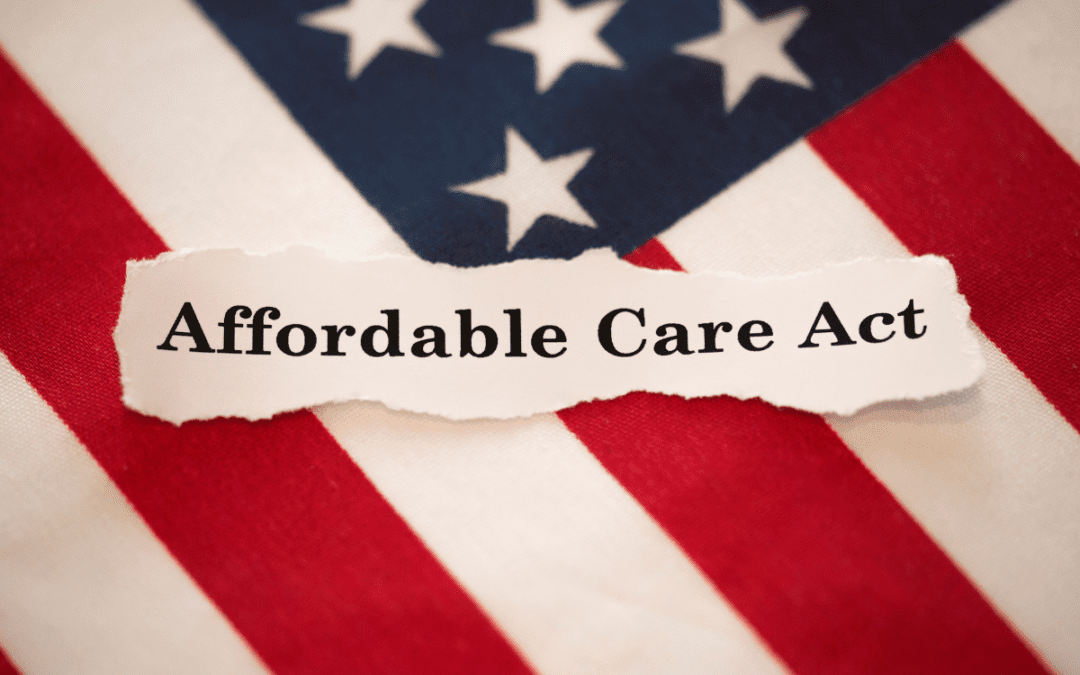
Opinion: Many reasons why young adults should refuse to let Republicans kill the Affordable Care Act
In this op-ed, University of Wisconsin Medical School student, Samantha Crowley, shares the importance of young adults protecting the Affordable...
Local News

Stop and smell these native Wisconsin flowers this Earth Day
Spring has sprung — and here in Wisconsin, the signs are everywhere! From warmer weather and longer days to birds returning to your backyard trees....

Your guide to the 2024 Blue Ox Music Festival in Eau Claire
Eau Claire and art go hand in hand. The city is home to a multitude of sculptures, murals, and music events — including several annual showcases,...


